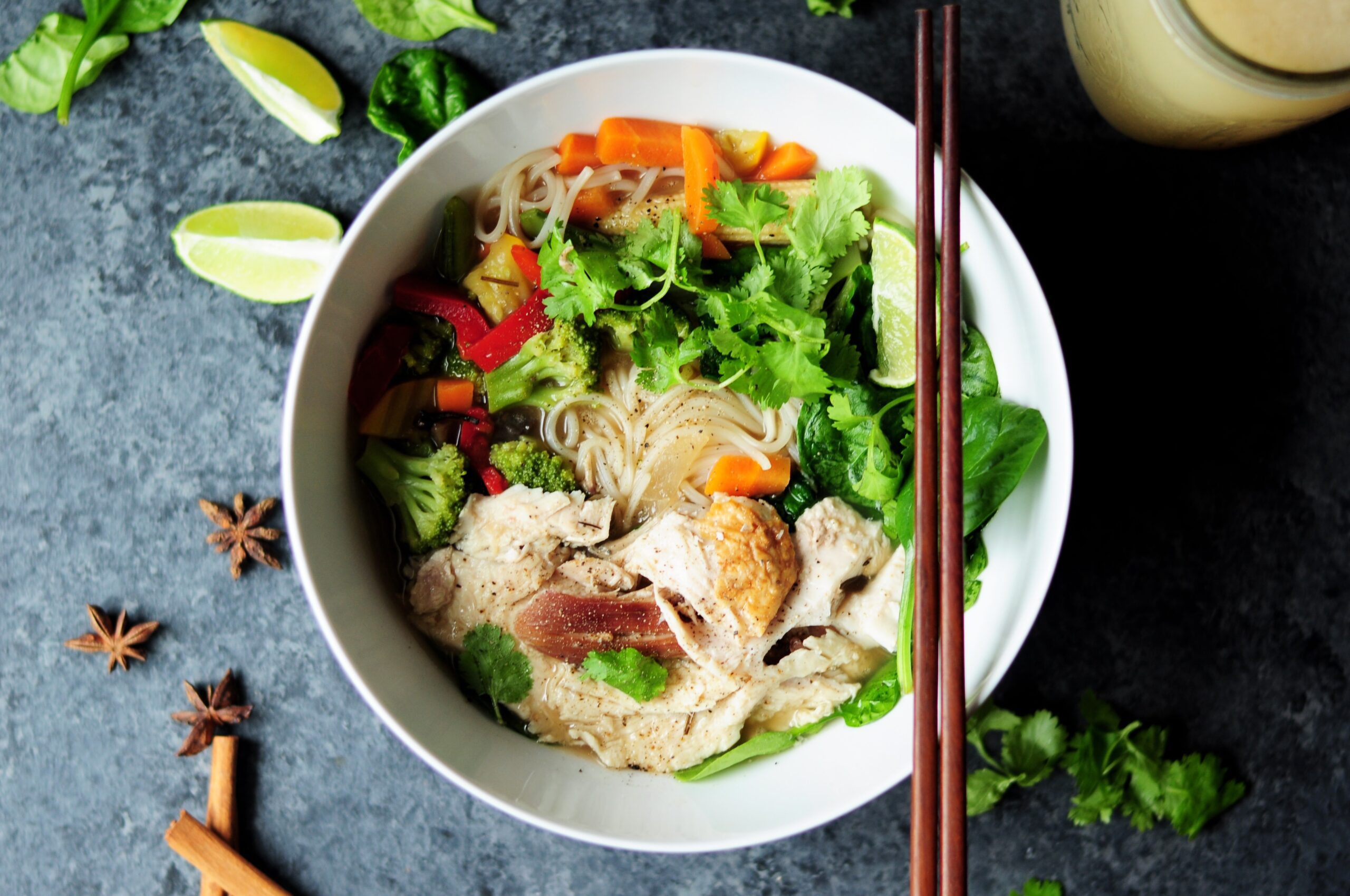Get ready to tantalize your taste buds with the delicious and nutritious flavors of Vietnam’s traditional foods! From steaming bowls of pho to crispy banh mi sandwiches, this Southeast Asian cuisine is packed with fresh herbs, spices, and healthy ingredients that are sure to satisfy. In this blog post, we’ll explore the many benefits of Vietnamese food, from its rich cultural history to its amazing health benefits. So clear your schedule and join us as we take a culinary journey through the mouth-watering world of Vietnam’s traditional cuisine!
Introduction to Vietnam’s Traditional Cuisine
Vietnam is a country with a rich and diverse culture, and this is reflected in its cuisine. The staple diet in Vietnam is rice, which is eaten with many different dishes including vegetables, meat, fish, and spices.
The national dish of Vietnam is pho, a rice noodle soup that originated in the North of the country. Pho is usually made with chicken or beef broth, and flavoured with ginger, onions, and star anise. It can be served with either fresh or dried noodles, and is often garnished with basil, mint, bean sprouts, and lime.
Another popular dish in Vietnam is banh mi, a type of sandwich that was introduced by the French during colonial times. Banh mi typically contains pickled vegetables (such as carrots and radishes), cucumber, coriander/cilantro, chili pepper, pork (either grilled or cold cuts), and pate. The bread used for banh mi is usually a small Vietnamese baguette that has been heavily soaked in oil to make it crispy.
Vietnamese cuisine also includes a wide variety of salads made from both raw and cooked vegetables. These salads are often dressed with fish sauce or nuoc mam (a fermented shrimp paste) and served alongside rice dishes. Popular salad ingredients include cabbage, green mangoes, lotus root, papaya, peanuts, bean sprouts, and mint.
Popular Traditional Vietnamese Dishes
If you’re looking to explore Vietnam’s rich culinary tradition, there are a few dishes you definitely don’t want to miss. Pho, a hearty soup made with rice noodles and either beef or chicken, is a national favorite and can be found on just about every street corner. Banh mi, another Vietnam specialty, is a delicious sandwiches made with crisp baguettes and filled with a variety of meats, pickled vegetables, and fresh herbs. And last but not least, don’t forget the spring rolls! These light and flavorful rolls are perfect for an appetizer or snack.
So what are you waiting for? Get out there and start exploring Vietnam’s amazing traditional food!
Nutritional Benefits of the Vietnamese Diet
The Vietnamese diet has long been celebrated for its health benefits. Studies have shown that the traditional Vietnamese diet is associated with a lower risk of obesity, heart disease, stroke, and cancer. The Vietnamese diet is also rich in vitamins, minerals, and antioxidants.
One of the key nutrients in the Vietnamese diet is vitamin C. Vitamin C is found in abundance in many of Vietnam’s traditional fruits and vegetables, such as oranges, grapefruits, tangerines, tomatoes, cabbage, and broccoli. Vitamin C is a powerful antioxidant that helps to protect cells from damage and prevents chronic diseases.
Another key nutrient in the Vietnamese diet is fiber. Fiber is found in many of Vietnam’s traditional plant-based foods, such as rice, beans, lentils, and vegetables. Fiber helps to regulate digestion and can prevent constipation. It also helps to maintain healthy blood sugar levels and can reduce the risk of heart disease and diabetes.
The Vietnamese diet is also rich in healthy fats. Healthy fats are found in fish, nuts, seeds, and oils. These healthy fats help to improve cholesterol levels and can reduce the risk of heart disease.
Common Spices and Ingredients Used in Vietnamese Cooking
Vietnamese food is typically packed with flavor, thanks to the use of fresh and fragrant spices and ingredients. Common spices and ingredients used in Vietnamese cooking include lemongrass, ginger, garlic, chili peppers, fish sauce, soy sauce, and rice wine vinegar.
These flavorful ingredients are often used in conjunction with one another to create dishes that are truly unique. For example, lemongrass and ginger may be used to flavor a soup or stir-fry, while chili peppers and fish sauce may be added to a dipping sauce or marinade. No matter what combination of spices and ingredients you use, you can be sure that your dish will be full of flavor.
Recipes of Popular Dishes
When it comes to Vietnam’s traditional foods, there are a few recipes that stand out as being particularly popular. One of the most well-known and loved dishes is pho, a soup made with rice noodles, beef or chicken, and a variety of herbs and spices. Another beloved dish is banh mi, a sandwich made with pickled vegetables, cilantro, and either pork or chicken.
These two dishes are just a fraction of what Vietnam has to offer when it comes to its cuisine. The country is also home to a wide variety of other tasty dishes, including bún bò Huế (spicy beef noodle soup), bánh xèo (sizzling pancakes), canh chua (sour soup), and chả giò (fried spring rolls). No matter what you’re in the mood for, you’re sure to find something to your liking in Vietnam’s rich culinary landscape.
Conclusion
Exploring the traditional foods of Vietnam is a great way to uncover more about its culture and history. With an array of dishes from pho to banh mi, you can experience the unique flavors that have been enjoyed by locals over time as well as reap the many health benefits that come with eating these nutrient-rich meals. If you’re looking for something new to experience either at home or while traveling abroad, Vietnamese cuisine should certainly be high up on your list!
